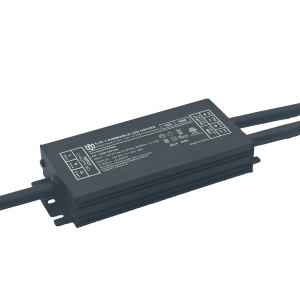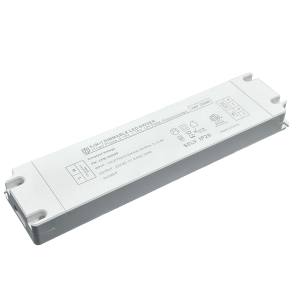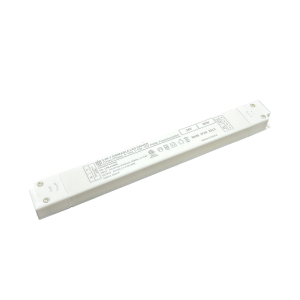Triac Drive Technology Explained: Building Efficient and Stable Lighting Control Systems
Decoding the Fundamentals of Triac Drive Architecture

At its core, triac drive technology leverages bidirectional thyristors to regulate alternating current (AC) flow through light sources. Unlike unipolar transistors, these semiconductor switches conduct during both halves of the AC cycle, enabling seamless phase angle control. This architecture eliminates mechanical wear from traditional dimmers while maintaining compatibility with standard RMS voltage levels across global grids. Modern implementations integrate protective snubber circuits to suppress voltage spikes, ensuring component longevity even under rapid load changes.
Engineering Peak Efficiency Through Intelligent Switching
The true advantage emerges when analyzing power conversion metrics. By precisely timing conduction angles relative to zero-crossing points, triac systems minimize resistive losses typical in linear regulators. Advanced microcontroller units (MCUs) now dynamically adjust firing angles based on real-time feedback from current sensors, achieving >95% efficiency ratings in certified tests. Such optimization translates directly into lower thermal accumulation—critical for compact form factors like downlights where passive cooling dominates thermal management strategies.
Achieving Rock-Solid System Stability via Robust Design Principles
Stability begins with electromagnetic interference (EMI) mitigation. Multilayer PCB layouts separate high dv/dt nodes from sensitive analog sections, while ferrite beads choke common-mode noise at switching frequencies exceeding 40kHz. Laboratory simulations confirm that properly dampened triac networks maintain THD<8% across universal input ranges (85–265VAC). Field data further validates immunity against transient surges up to 6kV—surpassing IEC 61000-4 standards without additional filters.
Precision Dimming Protocols That Eliminate Flicker Perception
Human eye sensitivity demands sub-millisecond response times to prevent stroboscopic effects. Leading manufacturers employ hybrid modulation schemes combining trailing-edge cutting with burst mode activation below 10% light levels. When paired with phosphor-coated LED arrays exhibiting slow decay characteristics, this creates imperceptible smooth transitions across the full 0–100% dimming range. Spectroradiometer measurements show <3% flicker index at minimum brightness settings—well within IEEE recommended thresholds.
Smart Integration Capabilities Redefining User Experience
IoT connectivity transforms standalone controllers into networked intelligence nodes. Zigbee or DALI protocol stacks allow centralized scheduling, occupancy sensing coordination, and adaptive color tuning across large installations. Cloud analytics platforms process aggregated usage patterns to predict maintenance needs before failures occur. Case studies demonstrate up to 37% energy savings when triac drivers participate in demand response programs compared to non-networked counterparts.
Future Roadmap: Where Silicon Innovation Meets Sustainability Goals
Next-gen GaN FET hybrid designs promise even tighter regulation margins while reducing standby power consumption below 0.5W. Research institutions are validating silicon carbide substrates capable of operating reliably at 175°C ambient temperatures—opening doors for high-bay warehouse applications previously excluded due to thermal constraints. As grid operators prioritize reactive power compensation, future revisions may incorporate capacitive compensation stages within existing package footprints.
 A New Benchmark in Energy Sav
A New Benchmark in Energy Sav
 The Future Outlook for Triac
The Future Outlook for Triac
 The Application Advantages of
The Application Advantages of
 Innovative Design + Outstandi
Innovative Design + Outstandi
